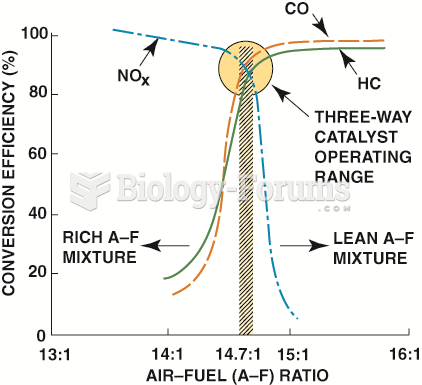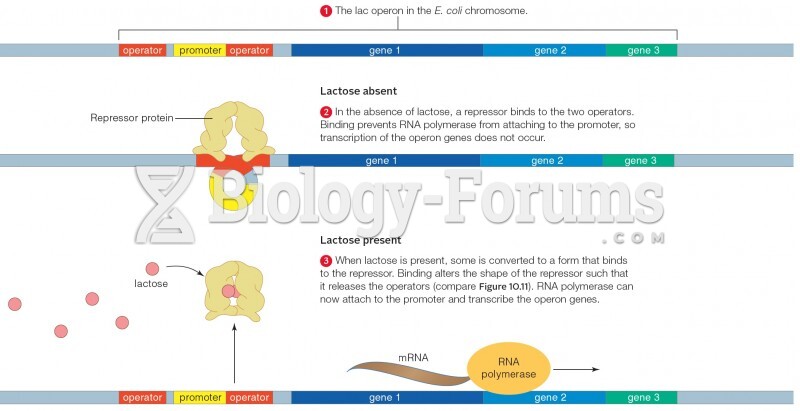Answer to Question 1
Limiting the salt in one's diet if one is salt sensitive. A good way to identify salt-sensitive people
is to monitor BP on and off salt; if the BP decreases when salt is withheld, then the person is
salt sensitive, and limiting salt might bring about a modest decline in BP. In people who are salt
sensitive, the most effective technique has been the no salt shaker approach (i.e., don't add
salt to food when cooking, and don't have a salt shaker on the table). Ultra-low-salt diets are, in
general, ineffective and might even lead to an iodine deficiency.
The DASH diet has been shown to be effective in lowering BP, usually within 14 days. The DASH
diet is rich in fruits, vegetables, and low-fat dairy and is low in saturated fats. It is also higher
than normal in potassium; magnesium; calcium; and vitamins D, E, and C. Dietary changes might
have powerful cultural implications. Referral to a registered dietitian (RD) for meal planning and
nutrition instruction can be beneficial.
Reduced caffeine and alcohol intake can lower BP (note that M.P. does not drink alcohol).
Routine aerobic exercise, such as walking, is also encouraged. Patients at risk for CAD should begin
an exercise program under supervision and with the approval of their physician. It is important to
start slowly and build up gradually. It is now recognized that any moderate activity is better than
none. Studies have shown that long-term exercise compliance is better in individuals engaging in
lower- to moderate-intensity exercise than in higher-intensity exercise. Although some patients
may need to start walking as little as 3 to 5 minutes daily and increase by 1 to 2 minutes per week,
the eventual goal is to walk briskly, without discomfort or shortness of breath, for 30 minutes
five or six times per week. Patients taking beta-blockers cannot use normal exercise heart rate
recommendations and require special guidelines. Here are some rules of thumb for exercise: (1)
If you are stiff, sore, or exhausted as a result of the exercise, you have done something wrong or
have done too much; and (2) if you are out of breath during exercise, you are doing too much. Slow
down, enjoy, and live
Interventions such as stress management might work with some individuals.
Answer to Question 2
Depending on which BMI chart is used, M.P. would be considered either at optimal weight or even
slightly underweight. She does not need to lose weight.







